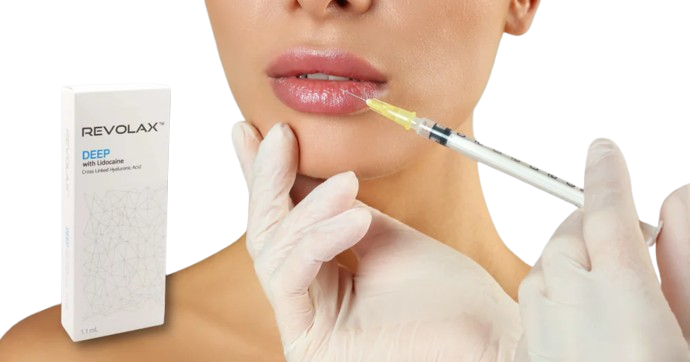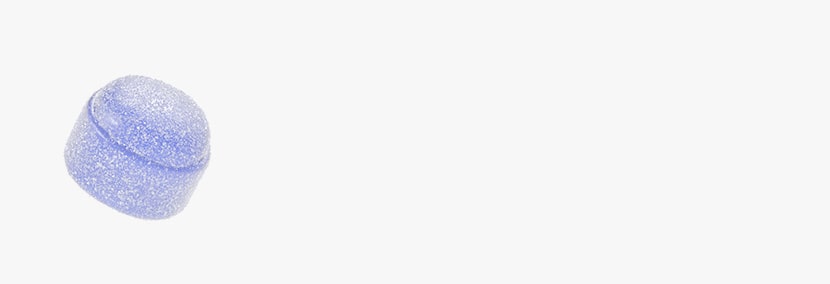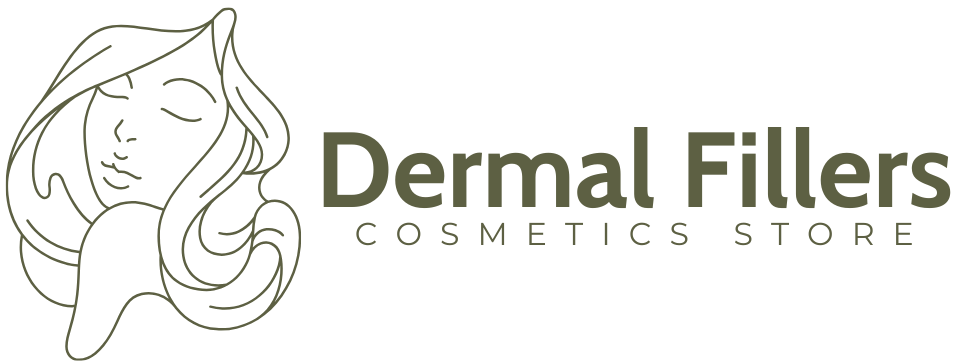EMLA cream
Can You Put EMLA Cream on a Burn?
Aug 5, 2025
Burn injuries are among the most common yet painful skin traumas, and they can happen quickly. Just 5 seconds at 140°F or even a single second at 160°F, the temperature of freshly brewed coffee. These rapid burn injuries can vary in severity, affecting the outer skin layer or going deeper. Regardless of the severity, the pain, redness, and swelling that follow are often intense and immediate.
For pain relief, topical anesthetics like EMLA cream, a blend of lidocaine and prilocaine, are often used. They work by blocking nerve signals in the skin, providing temporary numbness. However, when it comes to using EMLA cream on a burn, it’s important to ask: Is it safe?
In this article, we will look at whether EMLA cream is suitable for use on burn injuries, including how it works, the risks involved, and key considerations for its safe use in burn care.
Key Takeaways
- EMLA cream should not be used on burns, especially broken skin, due to the risks of systemic absorption and potential toxic effects from lidocaine and prilocaine.
- The application of EMLA cream on damaged skin can lead to rapid absorption, causing side effects such as dizziness, seizures, or cardiovascular complications.
- Safer alternatives to EMLA for burn treatment include cool running water, aloe vera gel, silver sulfadiazine, and medical-grade dressings, which support healing without the risks of systemic toxicity.
- If EMLA is considered for superficial burns with intact skin, it must only be done under medical supervision to minimize risks such as irritation, delayed healing, and methemoglobinemia.
- For effective and safe burn care, focus on cooling, moisturizing, and infection prevention. These practices promote faster recovery and better outcomes.
About: Trusted by over 2,000+ global clients since 2014, Maylips has become a leading supplier of cosmetic, skincare, and orthopedic products for medical and aesthetic professionals. Maylips offers a wide range of authentic brand-name products at competitive wholesale prices, sourced from around the world. If you’re looking to buy EMLA Cream online, contact our sales team for guidance.
What Happens When EMLA Cream Is Applied to a Burn
When EMLA cream is applied to burned skin, the lidocaine and prilocaine in the formulation can be absorbed much more quickly than intended. Since the burn compromises the skin’s natural barrier, these active ingredients penetrate deeper, which may cause local irritation, blistering, or even allergic reactions. Moreover, this rapid absorption can interfere with the natural healing process by disrupting the body’s inflammatory response and tissue repair mechanisms.


In more severe cases, systemic effects such as dizziness, seizures, or cardiovascular complications due to lidocaine toxicity can occur. Because EMLA cream dosage can vary dramatically on damaged skin, it becomes unpredictable and potentially harmful. EMLA is generally considered unsafe for burns and should only be used under strict medical supervision to mitigate these risks.
Clinical Considerations for Using EMLA on Superficial Burns
While EMLA (lidocaine-prilocaine) cream can provide effective numbing for minor procedures, its application on superficial burns should be approached with caution. The altered skin integrity and the unpredictability of absorption make it crucial for healthcare professionals to evaluate its use carefully. Key considerations include:
- Use on Small Burn Areas Only: EMLA is generally safe and effective when used for minor burns. Avoid applying it to larger surface areas as this increases the risk of systemic absorption.
- Monitor for Systemic Toxicity: There’s an increased risk of methemoglobinemia, especially in children or when high doses are applied. Monitoring for this condition is essential.
- Avoid in Pediatric Patients Without Supervision: Children, especially younger ones, have thinner skin and higher absorption rates, making them more susceptible to the effects of EMLA cream. Always use EMLA under direct medical supervision in younger patients.
- Assess Burn Depth Carefully: EMLA is not recommended for deeper burns or infected wounds. It should only be used on superficial, clean burns.
- Limit Application Time and Dose: To reduce the risk of systemic exposure, adhere to strict dosage guidelines and application times, particularly for children.
- Watch for Delayed Healing or Irritation: Monitor for any signs of irritation or delayed epithelialization (skin regrowth), especially when using EMLA repeatedly.
These guidelines are essential to prevent complications while ensuring effective pain relief in patients with superficial burns.
Risks of Systemic Absorption from EMLA on Broken Skin
When applying EMLA cream to broken skin, it poses a significant risk of systemic absorption. Lidocaine and prilocaine can enter the bloodstream more rapidly, which can increase plasma levels of these local anesthetics, leading to potential toxic effects like dizziness, seizures, and cardiovascular problems.
Since EMLA is designed for use on intact skin, its application on damaged areas allows the ingredients to bypass the skin’s natural protective barriers. This leads to deeper penetration and unpredictable absorption. To minimize these risks, never apply EMLA to open wounds or large surface areas without medical supervision.
Safer Alternatives to EMLA for Burn Pain Management
When managing burn injuries, especially superficial burns or more serious cases, there are safer alternatives. These alternatives focus on cooling, soothing, and protecting the burn area while minimizing the risk of complications like infection or delayed healing.


- Cool Running Water: Immediate first aid with cool water can reduce the burn’s temperature and pain. This is the most effective first response for burn injuries.
- Aloe Vera Gel or Silicone Dressings: These can provide soothing relief, reduce inflammation, and promote moisture, speeding up the healing process.
- Topical Burn Gels with Silver Sulfadiazine: Often used for partial-thickness burns, these gels can prevent infection and aid in faster healing.
- OTC Pain Relievers: Medications like acetaminophen or NSAIDs can help manage mild to moderate pain internally while avoiding risks of systemic toxicity.
- Prescription Topical Agents: Some gels or sprays are formulated explicitly for ulcerated skin and broken skin, with low systemic absorption, offering effective burn relief.
- Medical-Grade Dressings (e.g., hydrocolloid or hydrogel): These provide a moist healing environment that helps promote faster tissue recovery.
- Cold Compresses (not ice directly): A cold compress, when applied briefly, can relieve pain and swelling from superficial burns.
These alternatives are specifically tailored to burns and allow for safer, more effective recovery while avoiding the high systemic absorption risk of EMLA cream.
Conclusion
While EMLA cream can provide excellent numbing for minor procedures, experts do not recommend it for use on burns, particularly on broken or blistered skin. The risks associated with systemic absorption, irritation, and delayed healing outweigh the potential benefits. Even for superficial burns with intact skin, only consider applying EMLA under medical supervision.
Safer alternatives, like cooling with running water, aloe vera gel, or silver sulfadiazine, are specifically formulated for burn care, offering effective pain relief and promoting healing without the risks associated with EMLA. Always consult with a healthcare provider to assess the severity of the burn and recommend the most appropriate treatment based on the latest clinical guidelines.
FAQs
1. Can you put EMLA cream on a first‑degree (mild) burn?
You might under medical supervision, but it’s rare for this to happen. Even mild burns can absorb lidocaine more readily than intact skin. Consult a provider first.
2. Is EMLA safe on burns without open wounds or blisters?
Only in limited, controlled situations. Clean, intact skin may still absorb medications unpredictably. Follow clinician’s instructions carefully.
3. Can EMLA reduce burn pain quickly?
It may numb sensation, but the trade‑off includes altered healing and toxic risk. It’s better to use safer topical or systemic analgesics.
4. What if EMLA causes skin irritation on a burn?
Stop immediately. Remove it, rinse the area gently with cool water, and seek medical advice if redness, swelling, blistering, or burning intensifies.
5. Does EMLA delay wound healing in burns?
Potentially yes since it can disrupt natural inflammation and regeneration. That interference can slow closure and tissue recovery.
6. Are children more prone to side effects from EMLA on burns?
Yes, children have thinner skin and lower body weight, increasing the chances of systemic toxicity. Pediatric use demands professional oversight.
7. What should I do if I accidentally put EMLA on a burn?
Remove the cream gently, rinse with cool water, and monitor for symptoms like numbness beyond the burn area, dizziness, or breathing difficulty. Seek medical attention if any systemic signs develop.
Talk with our sales representative.
Book a Meeting
References
American Burn Association. Scald Injury Prevention Educator’s Guide. U.S. Fire Administration, FEMA. https://dds.dc.gov/sites/default/files/dc/sites/dds/publication/attachments/ABA%20Scald%20Injury%20Prevention%20Educator’s%20Guide.pdf
Kleiber C, Sorenson M, Whiteside K, Gronstal BA, Tannous R. Topical anesthetics for intravenous insertion in children: a randomized equivalency study. PEDIATRICS. 2002;110(4):758-761. doi:10.1542/peds.110.4.758
List of Topical anesthetics. Drugs.com. https://www.drugs.com/drug-class/topical-anesthetics.html





